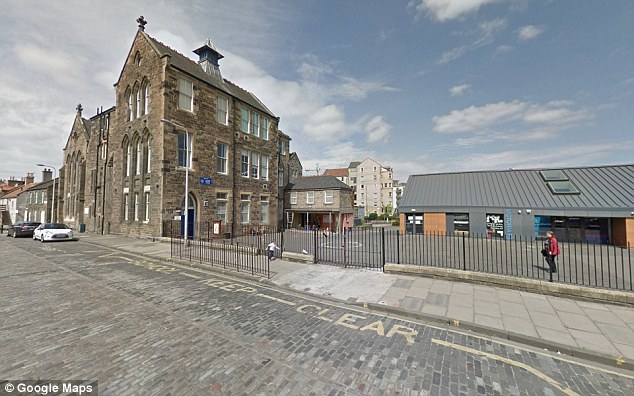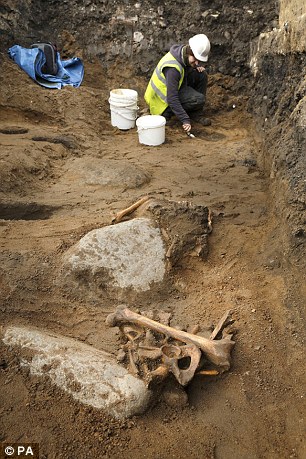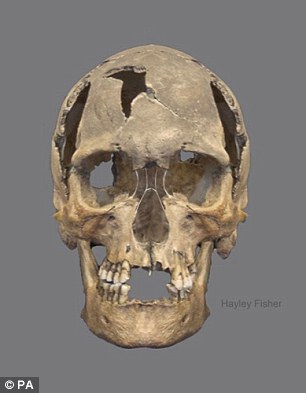600-Year-Old Skeleton found beneath Edinburgh School Playground
A skeleton discovered in a school playground could be that of a 600-year-old pirate, according to archaeologists. City of Edinburgh Council workers found the remains at the city’s oldest primary school while carrying out survey work to build an extension.
Victoria Primary School is close to Newhaven’s harbour, where workers had expected to find remains of the original marina but instead made the gruesome discovery.
Archaeologists have since studied the bones and initially thought they were Bronze Age because they were in such poor condition and found next to 4,000-year-old shards of pottery.


But during carbon dating, they were found to be from the 16th to 17th centuries.
The skeleton is believed to belong to a man in his fifties – who was probably a criminal. Six hundred years ago Newhaven dockyard was home to a gibbet – commonly used to execute witches and pirates.
Experts think the man could have been killed in the device for criminal behaviour or piracy before his body was dumped in the nearby wasteland.
The condition of his bones and his burial site close to the sea rather than in any of the nearby graveyards suggests that after his execution the man’s body was displayed insight of ships to deter other pirates.
His burial in a shallow, unmarked grave also suggests he had no relatives or friends in the area. Forensic artist Hayley Fisher, along with AOC Archaeology, has created a facial reconstruction of the pirate’s skull.
Councillor Richard Lewis, Culture Convener for the City of Edinburgh Council, said: ‘Edinburgh has an undeniably intriguing past and some of our archaeological discoveries have been in the strangest of places.
‘Thanks to carbon dating techniques, archaeologists now know that the skeleton was likely to have been a murder victim – and quite possibly a pirate.
‘It’s fantastic that through the Council’s archaeology and museums service, we are able to investigate such discoveries and add to our understanding of Newhaven’s heritage.’
Laura Thompson, Head Teacher at Victoria Primary School, said her pupils were excited about the discovery.
She said: ‘As the oldest working primary school in Edinburgh, we are proud of our history and heritage and the school even has a dedicated museum to the local area.
‘The pupils think it’s fantastic that a skeleton was found deep underneath their playground.
‘The archaeologists will hold a special lesson with some of the children about how they have used science to analyse the remains and it will be a good learning opportunity for them.’







